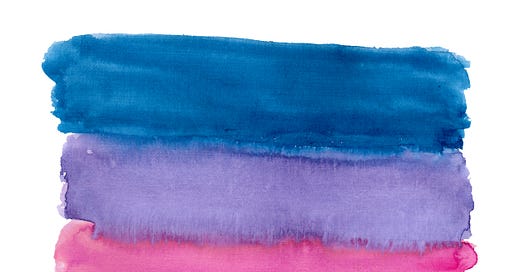What is Behind the Generational Jump in Bisexual Identity?
One in eight Gen Zers now identifies as bisexual
The number of Americans who identify as lesbian, gay, bisexual, or transgender is on the rise. A recent Gallup poll found that seven percent of Americans are now LGBT. Over the past 10 years, the number of LGBT Americans has doubled in size.
But that’s not the most interesting part of Gallup’s report. There is a fascinating generational pattern as well.…
Keep reading with a 7-day free trial
Subscribe to American Storylines to keep reading this post and get 7 days of free access to the full post archives.




